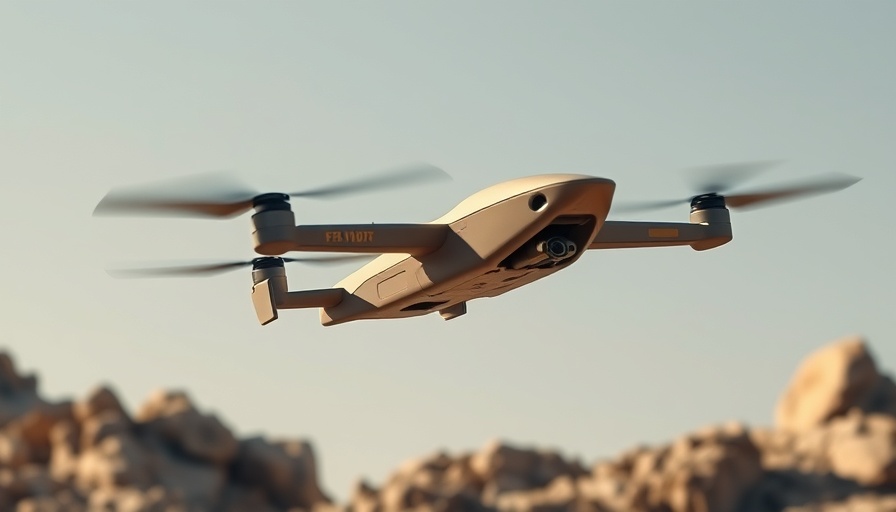
The Overlooked Potential of Lift-Generating Fuselages
The landscape of drone technology is evolving rapidly, yet not all advancements receive the attention they deserve. Among those often overlooked are lift-generating fuselages, which could revolutionize small drone design. As we explore why these fuselages are rarely utilized, it's crucial to consider their capacity to enhance performance and give drones a competitive edge in various applications.
Understanding Fuselage Design in Drones
The design of a drone's fuselage isn't merely about aesthetics; it plays a critical role in performance, stability, and functionality. Currently, three primary fuselage categories dominate the market: low-drag, voluminous, and lift-generating.
- Low-Drag Fuselages: Streamlined for speed, these are tailored for high-performance scenarios like racing. However, their compactness limits payload options.
- Voluminous Fuselages: These designs prioritize space, suitable for carrying larger payloads, which may come at the cost of aerodynamic efficiency and increased drag.
- Lift-Generating Fuselages: Interestingly, lift-generating fuselages, although prevalent in blended wing body (BWB) configurations, are seldom applied in standard designs despite their potential to improve lift and efficiency.
Why Lift-Generating Fuselages Are Rare
Despite the compelling advantages that lift-generating fuselages offer, such as reducing wing area requirements and enhancing payload capacity, their adoption in the industry is puzzling. The design often involves complex balancing acts to optimize lift while mitigating drag. This additional design consideration may deter engineers from moving away from traditional structures.
Benefits of Lift-Generating Fuselages
So, what makes lift-generating fuselages worth reconsidering? Here are some potential benefits:
- Reduced Wing Size: By integrating a fuselage that produces lift, designers can effectively reduce the size of the wings, which may contribute to lower drag, thereby enhancing overall performance.
- Better Lift-to-Drag Ratios: These fuselages can produce favorable lift-to-drag ratios, leading to greater operational efficiency over standard designs.
- Increased Internal Volume: Unlike their low-drag counterparts, lift-generating fuselages can maintain a sufficient volume for crucial components, which is vital for small drone designs.
Future Trends in Drone Design
As drone technology advances, the discussion around fuselage design should pivot towards integrating lift-generating capabilities. This could signify a shift in how drones are employed in industries ranging from delivery and agriculture to surveillance and recreational use. With the impending demand for more efficient, payload-capable drones, embracing innovative fuselage designs might be what sets a company apart in the competitive drone market.
Conclusion: A Call for Innovation
The drone industry stands at a crossroads where innovation and efficiency must go hand in hand. As we consider the integration of lift-generating fuselages, industry professionals, hobbyists, and tech enthusiasts alike should advocate for exploring these capabilities further. Making informed design choices today could lead to defining advancements in drone technology for tomorrow.
 Add Row
Add Row  Add
Add 




Write A Comment